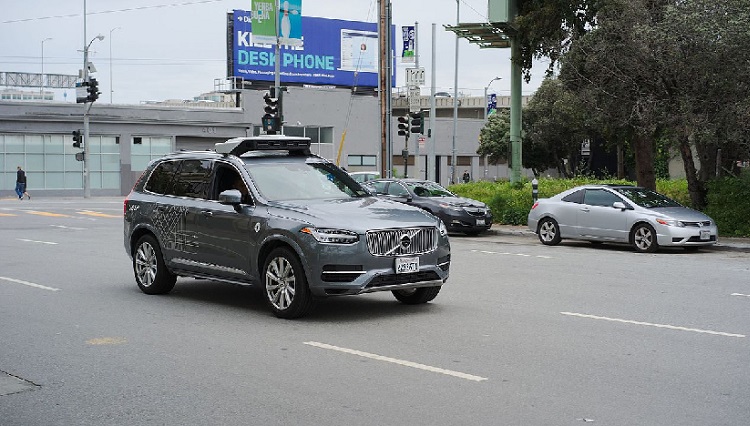Will Self-Driving Cars Reduce Accidents and Improve Safety?
Self-driving cars have been in the making for decades, as car manufacturers slowly began automating cars with cruise control and sensory technology. In the last several years, the race to release the first fully-autonomous vehicle to the public has been in full speed, with some of the biggest names in cars and technology — such as Google, Uber, and Tesla — at the front lines.
Although these cars are in their trial stages, the general public opinion is still hesitant to adopt these vehicles due to concerns about their safety and the lack of trust in automated reflexes. However, the entire purpose of self-driving cars is to eliminate accidents that are caused by human error, with the ambitious goal to eventually eliminate most accidents on the road.
Self-Driving Car Benefits
According to a study by the U.S. Department of Transportation’s National Highway Traffic Safety Administration, over 90 percent of accidents on the road are the cause of driver error. Although there are often other factors at play, such as distractions due to weather or other vehicles, physical limitations like eyesight and reaction time are common reasons for car accidents. Other reasons include drivers simply not paying attention and being distracted on their phones or with the radio; however, because the overwhelming problem appears to be the driver, car manufacturers and technology experts believe autonomous vehicles may be safer than those driven by people.
This is due to the advanced technology that car manufacturers and technology companies have access to today. High-tech maps, camera, and sensor technology allow cars to monitor their surroundings better than a human may be able to at times. Self-driving cars have fulfilled millions of miles of road tests, and the cars demonstrate the potential to prevent common driver-error faults when it becomes widely adopted — although that may not be for several decades. The hope is that as self-driving cars become more common, they’ll begin to save the millions of lives lost in tragic accidents each year.

Reducing Accidents and Improving Safety
Although various levels of autonomous technology are being used in modern cars, there are a few issues car manufacturers and engineers must resolve before autonomous cars go out to the public. These include problem-solving abilities for scenarios like the trolley problem — which is an ethical, life-saving philosophical question — and situations in which committing small crimes, like slight speeding, is better for traffic or to avoid accidents. There are also scenarios where accidents are not preventable, but a driver’s choices will either hurt more or fewer people; in these situations, people often follow their gut reactions, and this is a difficult concept to install in a car.
Before autonomous vehicles hit the roads, legislation must be created around this new technology in order to be prepared for when self-driving cars eventually find themselves in accident scenarios. The hope is that, eventually, self-driving car crashes will be rare occurrences, but in the present day, accidents are still a part of working out the kinks — and the law needs to know who is responsible for accidents and injuries caused by autonomous vehicles. Last year, during an early trial of an Uber self-driving car, the vehicle hit and killed a woman who was crossing the street. Because it was a test run, the car manufacturer was held responsible for the incident.
Changing Our Daily Commute
Transforming the way we travel won’t come without some problem solving, and although the Uber vehicle was unprepared to handle the surroundings that caused a fatal accident with the pedestrian, the accident led engineers to focus on how to avoid this incident in the future. As car accidents go down, it’s likely that people in metropolitan areas will save about an hour each day that is often spent in traffic due to car accidents and delays due to inattentive human driving; more efficient driving by autonomous cars is also expected to reduce car emissions.
In its trial stages, Google fares best among other companies, as their cars experienced only one incident every 1244 miles, rather than every 10 to 60 miles like Volkswagen and Nissan. It’s expected that by 2030, the mainstream consumer adoption of self-driving cars will lead to new regulations and policies for car insurance, liability and licensing across the countries where they’re implemented. By 2050, car manufacturers expect driverless vehicles to be the primary form of transportation.
Self-driving cars will never be perfect, but given the statistics on the errors that cause car accidents, it’s very likely that the technology in autonomous cars will make driving much safer for drivers and pedestrians. As these test runs get better, we will begin to see the adoption of autonomous vehicles on a mass scale, along with the cultural adjustment that will come with it — and hopefully, fewer car accidents, tragedies, and avoidable losses of life.
